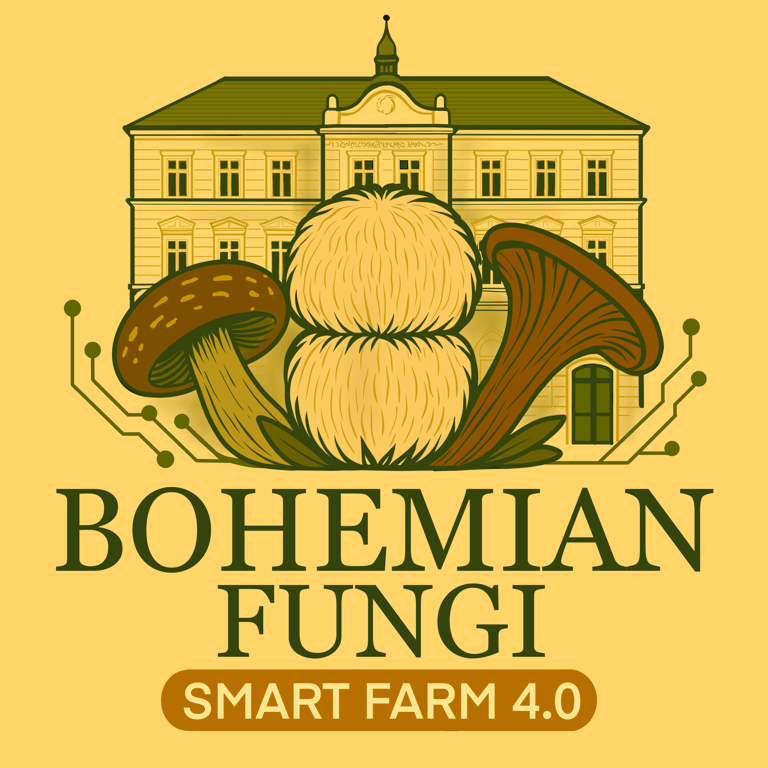How Mycelium Communicates: The Internet of the Forest
Discover how mycelium—the underground network of fungi—acts as nature’s internet, helping trees and plants exchange nutrients, warnings, and information in the forest ecosystem.
FUNGI SCIENCE
11/3/20252 min read
The Hidden Network Beneath Our Feet
When you walk through a forest, it’s easy to admire the trees, the moss, and the wildlife. But the most fascinating part of the forest is hidden underground. Beneath every step lies a vast, living web known as mycelium—the branching root-like network of fungi that connects plants and trees.
Scientists call it the “Wood Wide Web”, because it functions much like the internet: transmitting signals, sharing resources, and maintaining balance within the ecosystem.
At our mushroom farm in Prague, this same mycelial network forms the foundation of our oyster, shiitake, and lion’s mane cultivation. But in the wild, it plays an even grander role in sustaining life on Earth.
What Exactly Is Mycelium?
Mycelium is the vegetative part of fungi—an intricate web of microscopic threads called hyphae. These threads spread through soil, wood, or organic matter, forming connections with plant roots in a relationship known as mycorrhiza.
Through this partnership, mycelium acts as both a nutrient delivery system and a communication network, linking trees and plants into a cooperative community.
How the “Wood Wide Web” Works
Nutrient Sharing
Trees and plants exchange carbon, nitrogen, and phosphorus through mycelial networks. A healthy tree might “feed” smaller or shaded plants through fungal connections, ensuring collective survival.Chemical Messaging
When a plant is attacked by pests or disease, it can release warning chemicals via the mycelium. Nearby plants “receive” the message and activate their own defense systems before the threat arrives.Selective Connections
Mycelium doesn’t just connect anything at random—it forms mutually beneficial partnerships, choosing which roots to attach to, depending on environmental conditions and available nutrients.Carbon Storage
Mycelium helps forests store carbon underground, playing a major role in climate regulation and soil health.
Why This Matters for Science and Sustainability
Understanding mycelium communication helps us rethink how ecosystems operate. Forests are not just collections of individual trees—they’re cooperative, interconnected systems.
This discovery also inspires new technologies and biomimicry designs, including:
Mycelium-based sensors that monitor soil health
Bio-network modeling for ecological restoration
Sustainable mushroom farming that mirrors natural cycles
At our farm in Prague, we aim to grow mushrooms while learning from this incredible natural intelligence. By studying how fungi connect and share, we can cultivate more sustainably and contribute to a healthier planet.
The Future: Learning From the Fungal Internet
As research continues, scientists believe mycelium may hold the key to:
Regenerating degraded soils
Improving carbon capture systems
Developing bio-inspired communication technologies
In short, the humble mushroom could be teaching us how to build smarter, more resilient networks—both digital and ecological.
Final Thoughts
The next time you walk through a forest, remember that an invisible network hums beneath your feet. The mycelium web is more than a fungal structure—it’s a living internet that keeps the forest alive, communicating, and thriving.
At our Prague mushroom farm, we grow with the same respect for nature’s networks—sustainably, intelligently, and in harmony with the earth. If you want to know more contact us.
You can also read BBC Earth writing about those wonderful mushrooms.
